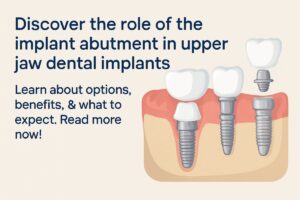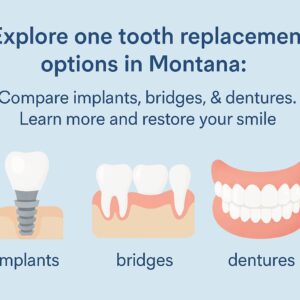Dental implants upper jaw refers to titanium posts placed into the upper jawbone to replace missing teeth. Upper-jaw implants can differ from lower-jaw implants because the upper jaw often has thinner bone and sits under the sinus cavities. This guide covers your options, the benefits, and what to expect during evaluation and treatment so you can make an informed choice about dental implants upper jaw care.
Understanding dental implants upper jaw
Dental implants for the upper jaw use three basic parts: the implant (the metal post), the abutment (connector), and the crown (the visible tooth). Anatomy matters: the maxillary sinus sits above the upper teeth and bone quality can be softer than the lower jaw. That makes planning and imaging essential for successful dental implants upper jaw placements.
Common implant options for the upper jaw
Single-tooth implant
A single-tooth implant replaces one missing tooth with an implant and a custom crown. It restores chewing and looks like a natural tooth, protecting nearby teeth from extra wear.
Multiple implants and implant-supported bridges
When several adjacent teeth are missing, two or more implants can support a bridge. This uses fewer implants than replacing each tooth and keeps the bite stable while avoiding altering healthy teeth.
Full-arch solutions (All-on-4 / implant-retained dentures)
For a whole upper arch replacement, options include fixed All-on-4 bridges or removable implant-retained dentures. Fixed solutions feel most like natural teeth; removable options can be easier to clean and less costly. Your lifestyle, budget, and bone condition guide the choice.
Advanced option: zygomatic or angled implants
Severe bone loss may rule out standard implants. Zygomatic or angled implants anchor into denser facial bone and avoid extensive grafting. Sinus lifts and bone grafts are alternative steps to rebuild bone and allow conventional implant placement.
Benefits of dental implants upper jaw
Upper-jaw implants restore chewing, improve speech, and boost appearance. They help preserve jawbone by transferring chewing forces into bone, slowing bone loss. Implants are more stable than dentures and, with proper care, can be a cost-effective long-term solution.
What to expect during evaluation and treatment
Initial exam and imaging
Expect a clinical exam and CBCT scan to map bone, sinuses, and nerves. These images let the team decide implant size, angle, and whether grafting or sinus work is needed.
Digital planning and guided surgery
Digital implant planning software and 3D-printed surgical guides help place implants precisely. Guided surgery reduces surprises and can shorten surgery time.
Procedure, sedation, and recovery
Typical steps are implant placement, healing time (often 3–6 months), then abutment and crown placement. Sedation options range from local anesthesia to IV sedation for comfort. Recovery includes minor swelling and soft-food diet for a few days.
When bone grafts or sinus lifts are needed
If bone is too thin or the sinus is low, grafts or sinus lifts create a stable foundation. These add time to the timeline but increase the chance of long-term success.
Risks, candidacy, and long-term care
Good candidates have adequate bone, controlled medical conditions, and are non-smokers or willing to quit. Risks include infection, implant failure, or sinus complications. Care involves daily brushing/flossing, professional cleanings, and regular dental exams to protect your investment.
Why trust Flathead Dental Implant Arts for dental implants upper jaw in Kalispell
Flathead Dental Implant Arts uses CBCT imaging, digital implant planning, in-house 3D printing, guided-surgery workflows, and CAD-CAM prosthetics to deliver precise dental implants upper jaw in Kalispell care. Dr. Dave Dodrill (DDS, Advanced General Dentistry training) leads the team with an integrated digital workflow and sedation options to keep procedures comfortable and efficient.
Next steps: consultation and questions to ask
Bring medical records and a list of medications to your consult. Ask about experience with dental implants upper jaw in Kalispell, technologies used, expected timeline, risks, and costs. Call to schedule an evaluation and get a personalized plan.




